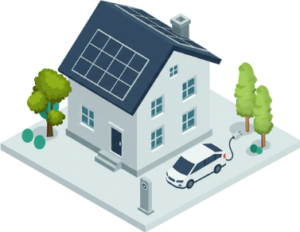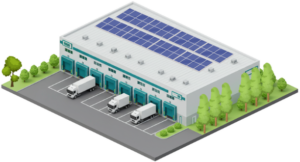SSPI Frequently Asked Questions About Solar Panels
At SSPI, we understand that transitioning to solar energy comes with many questions. Our comprehensive FAQ section provides clear, expert-backed answers to common concerns about solar panels, including installation, efficiency, maintenance, and cost-effectiveness. Whether you’re exploring solar panels for your home or business, we offer insightful guidance to help you make informed decisions and maximize the benefits of clean energy.
SOLAR FAQ
EV Charging FAQ
Have More Questions? Let’s Talk.
If you didn’t find what you were looking for in our FAQ section, we’re just a message away. Whether you’re ready to start your solar journey or simply need more details, our team is here to help.
At SSPI, we believe that personalized guidance makes all the difference when switching to solar energy. Every home and business is unique—and so are your energy needs. That’s why we go beyond general answers, offering custom support based on your specific situation, location, and goals.
Our solar specialists are trained to walk you through every step, from assessing your property’s solar potential to explaining installation timelines, energy savings, and available incentives. We’ll help you understand how solar panels impact your electric bills, what kind of maintenance they require, and how quickly you can expect a return on your investment. Whether you’re curious about net metering, battery storage, or how solar adds value to your property, we’re here to clarify it all.
Still unsure if solar is right for you? No pressure—just honest, expert advice. We’re committed to giving you the knowledge you need to make informed, confident decisions.
📩 Email us using the form below, and one of our solar experts will respond promptly.
Let us know your concerns, goals, or questions—no matter how big or small. Together, we can create a cleaner, more efficient future for your home or business.
CONTACT US






